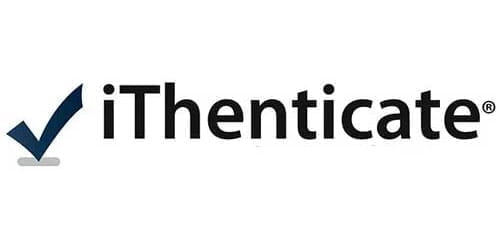Wang Yuanhao; Christin Agustina Purba
Abstract: Throughout history, dental caries in pre-school children have been referred to by various labels and linked to a wide variety of aetiologies. Dental caries in preschool children had been reported as “Comforter Caries” for the first time in 19111, and as “Milk Bottle Mouth” for the first time in 1962, before the “Early Childhood Caries Conference” was held in 1997 and was funded by the NIH. Throughout the years, it has also been referred to as “Baby Bottle Syndrome”, “Nursing Bottle Caries”, “Baby Bottle Tooth Decay”, and “Nursing Caries”. These sources usually implied a causal relationship between improper feeding with a baby bottle and the development of dental caries in preschool-aged children. The current nomenclature for early childhood caries, abbreviated as ECC, refers to a more complicated condition associated with frequent ingestion of sugar in an environment with enamel-adherent bacteria. This disease is not necessarily linked to bottle feeding. This paper provides a unified and comprehensive analysis of the ECC, including its description, aetiology, risk factors, societal costs, management, educational curriculum, research, and policy considerations.
[ FULL TEXT PDF 1-5] DOI: 10.30566/ijo-bs/2022.special.10.2









